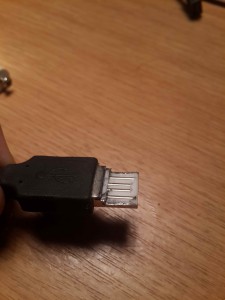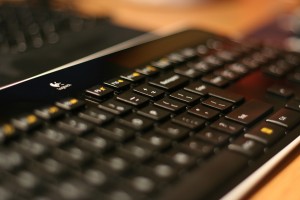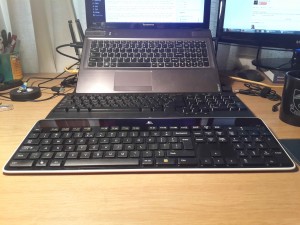Today I sold my car. It was a 1996 Audi A4 1.8 (the naturally aspirated one). It was a great car that I am going to miss tremendously. Even though I’ve only driven it very rarely in the last year, every time I did I would remember why I loved it. It was voted SA Car of the year in 1996 and for good reason. Even though it’s 19 years old, the car still goes well, has many features, and in my opinion is still a good car by current day standards.
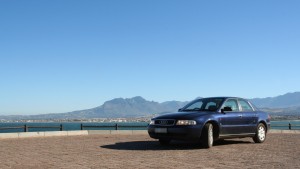 The car used to belong to my grandfather who looked after it with impeccable care. When he passed away my parents bought the car for me, and I’ve had it for the past 7 years. I received it at around 140,000km, and have put an extra 70,000km onto it since then. During this time it has only failed me once, and that was when the fuel pump packed in late at night on the way home from a show in Cape Town. Besides that I’ve only had to perform standard wear and tear replacements.
The car used to belong to my grandfather who looked after it with impeccable care. When he passed away my parents bought the car for me, and I’ve had it for the past 7 years. I received it at around 140,000km, and have put an extra 70,000km onto it since then. During this time it has only failed me once, and that was when the fuel pump packed in late at night on the way home from a show in Cape Town. Besides that I’ve only had to perform standard wear and tear replacements.
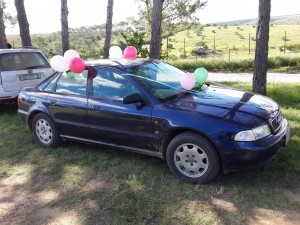 The 1.8l engine put out 96kw when it was new, and has retained majority of that grunt. Although not over the top, it allows for comfortable cruising, and dropping a gear gives you all you need for overtaking or maintaining speed up a hill. The front-wheel drive, 5 speed manual car under-steered predictably, and minor tyre squeal from the 15″ tyres on stock mags would always let you know how close to the limit you were. Lean on hard-cornering was quite noticeable, but understandable. The car was absent of any ESP or traction control, but did have all-round disc brakes with ABS.
The 1.8l engine put out 96kw when it was new, and has retained majority of that grunt. Although not over the top, it allows for comfortable cruising, and dropping a gear gives you all you need for overtaking or maintaining speed up a hill. The front-wheel drive, 5 speed manual car under-steered predictably, and minor tyre squeal from the 15″ tyres on stock mags would always let you know how close to the limit you were. Lean on hard-cornering was quite noticeable, but understandable. The car was absent of any ESP or traction control, but did have all-round disc brakes with ABS.
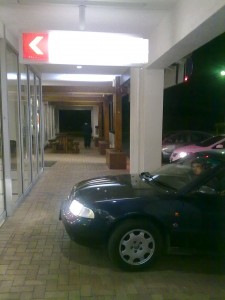 The radio was a standard cassette/radio, a CD shuttle in the boot was a later option which my car lacked. The radio only gave me hassles when the battery died and I didn’t know what the code was. I later also installed an RF transmitter into the dashboard to allow for some more modern audio input. The car originally unlocked with an IR remote. This had stopped working by the time I got the car, but the central working still functioned. I thus installed a garage remote receiver in the boot and hooked it up to the central locking system, thus returning remote locking to the car.
The radio was a standard cassette/radio, a CD shuttle in the boot was a later option which my car lacked. The radio only gave me hassles when the battery died and I didn’t know what the code was. I later also installed an RF transmitter into the dashboard to allow for some more modern audio input. The car originally unlocked with an IR remote. This had stopped working by the time I got the car, but the central working still functioned. I thus installed a garage remote receiver in the boot and hooked it up to the central locking system, thus returning remote locking to the car.
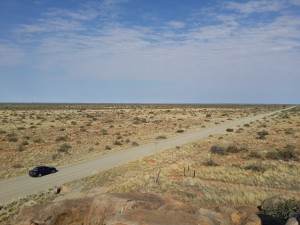 The car is spacious with a large boot and even a full-sized spare wheel. The car had one airbag in the steering wheel for the driver, and other models came with a second for the passenger. 3 point seat belts for 2 of the 3 seats in the back, with a waist belt for the 3rd. The climate control still worked perfectly along with the rest of the electronics I haven’t already specified. In its latter years the catalytic converter was removed which gave the Audi a bit of a raspy warble.
The car is spacious with a large boot and even a full-sized spare wheel. The car had one airbag in the steering wheel for the driver, and other models came with a second for the passenger. 3 point seat belts for 2 of the 3 seats in the back, with a waist belt for the 3rd. The climate control still worked perfectly along with the rest of the electronics I haven’t already specified. In its latter years the catalytic converter was removed which gave the Audi a bit of a raspy warble.
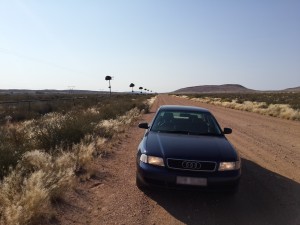 It’s a great car, and can be picked up relatively cheap at current rates. Condition of the vehicle will vary a fair amount, and if proper maintenance hasn’t been seen to, you could be in for costly repairs. At 200,000km the clutch and gearbox still worked perfectly, and the engine wasn’t burning or leaking any oil.
It’s a great car, and can be picked up relatively cheap at current rates. Condition of the vehicle will vary a fair amount, and if proper maintenance hasn’t been seen to, you could be in for costly repairs. At 200,000km the clutch and gearbox still worked perfectly, and the engine wasn’t burning or leaking any oil.


